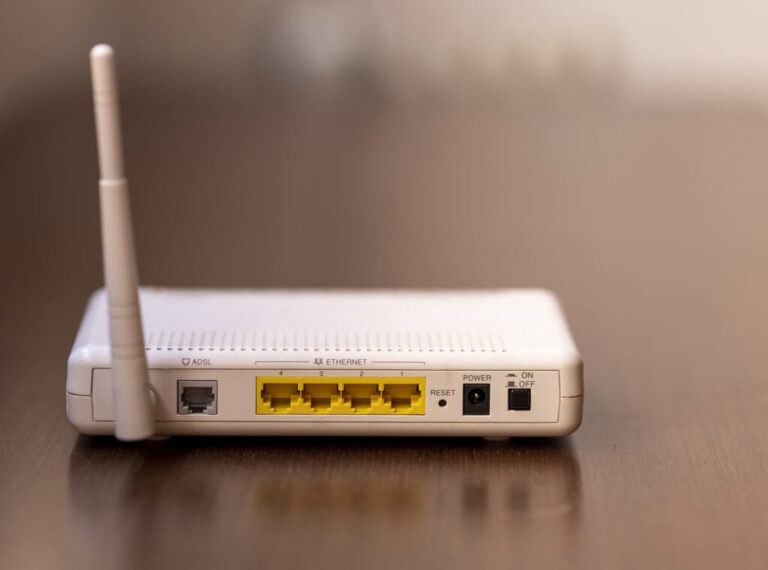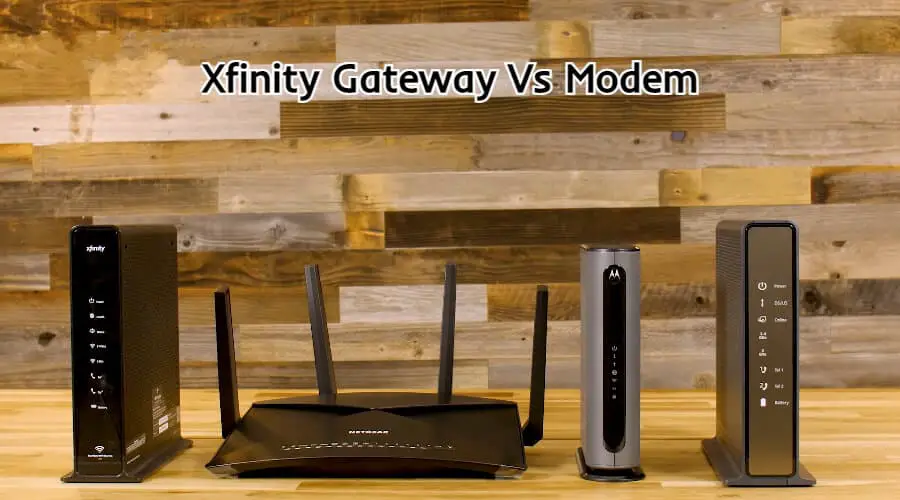

- #Modem vs router xfinity install
- #Modem vs router xfinity tv
- #Modem vs router xfinity download
- #Modem vs router xfinity mac
#Modem vs router xfinity download
It’s also worth noting that, since we usually download more stuff, download speeds from our ISPs are faster than upload speeds. The higher number of channels not only leads to faster transfer rates but helps when the connection is congested. Downstream represents download speeds while upstream represents upload speeds. The number before ‘x’ specifies the number of downstream channels and the number after ‘x’ specifies the number of upstream channels. The specification is listed as two numbers separated by an ‘x’. Modems (including cable modems) provide a certain number of channels for downloading and uploading. (DOCSIS 3.0 has been the standard for a long time and came out in 2006. But considering most ISPs in America are regional monopolies, it’s hard to argue there is much incentive for them to move forwardanytime soon. That is why a DOCSIS 3.1 modem is only good for future-proofing. Interestingly, Comcast Xfinity’s biggest data plan provides 1 Gbps downstream rates, which can be supported on the DOCSIS 3.0 modem. All other ISPs use the DOCSIS 3.0 standard. But the important thing to note here is that only Comcast Xfinity provides DOCSIS 3.1-based connections. And in both situations, these upper limits are rarely actually met. DOCSIS 3.1 is the improved version of DOCSIS 3.0 and offers ten times the transfer rates of DOCSIS 3.0. 3.0, the current most common implementation for the cable service internet, offers speeds up to 1 Gbps downstream and 200 Mbps upstream. That being said, you will need to know some of the differences between version 3.0 and 3.1. For the end user, the specifics are largely unimportant. So, what is DOCSIS 3.0? Well, it’s basically just the protocol that most cable-based ISPs use to deliver your internet. However, if you are willing to buy a DOCSIS 3.1-based modem, then make sure that your modem officially supports your ISP. If the modem does not support your ISP, it will be completely useless.ĭOCSIS 3.0-based modems usually support most of the major ISPs like Comcast Xfinity, Spectrum, Cox, Cablevision, etc, and should work very well without any issues.

Now that we have gotten some of this other stuff out of the way, the first thing you should look for in a modem is compatibility. If you’re interested in this route, then check out our favorite routers. If you are intending to use a separate device for routing, then make sure that the WiFi transfer rates or the Ethernet port transfer rates are higher than the transfer rates supported by the modem, else your transfer rates will be limited to the router’s limit.
#Modem vs router xfinity mac
They also provide other router features such as a firewall, MAC filter, port forwarding, etc.

Modem router combos usually provide a few Ethernet ports along with WiFi support. However, if you don’t have demanding internet needs, this will likely not be a big problem. While the best modem router combos can be extremely convenient, they are also usually more prone to losing data packets or having signal issues. This means that you will need to replace both if you are trying to get away from pesky equipment leasing fees.
#Modem vs router xfinity install
Most ISPs give you a modem router combo when they install your internet. Routers push that signal (route it) out across your house. In drastically simplified terms, modems (including cable modems) take the incoming signal and “decipher” it.

Modems and routers are both essential components for using the Internet.
#Modem vs router xfinity tv
That’s why companies try to bundle their satellite TV packages with their internet packages.ĭSL is provided through the phone lines, although it shouldn’t be confused with the old school Dial-Up from the ’90s (or 2000s, if your grandparents refused to upgrade, like mine.) Cable internet is provided via the same types of cables as, well, cable. First of all, it is important to note that there are two main types of internet connection in the US: cable and DSL.


 0 kommentar(er)
0 kommentar(er)
